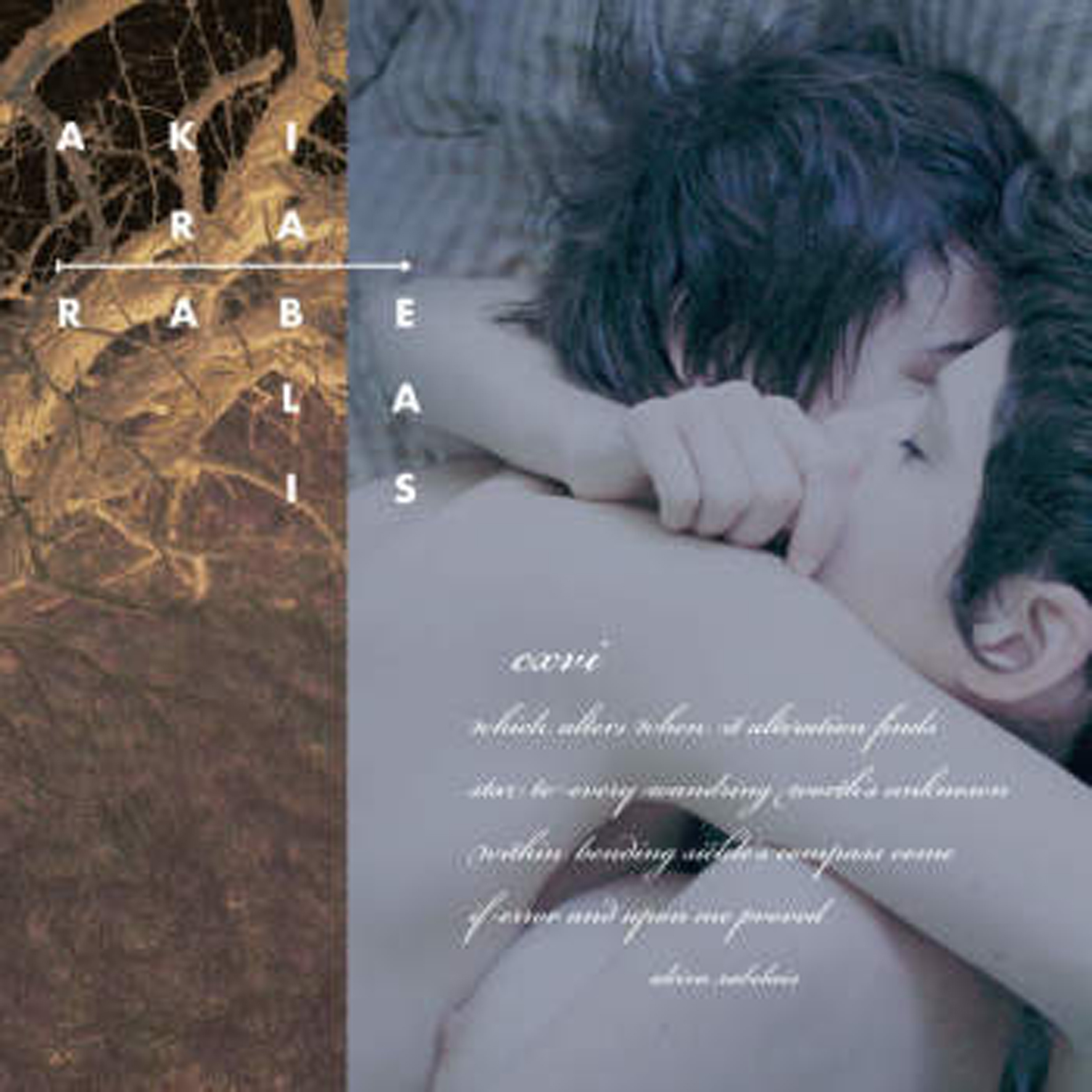 It took me an embarrassingly long time to realize it, but Akira Rabelais has quietly been one of the most unique and intriguing figures in experimental music for the last couple of decades, blurring the lines between collage, modern composition, ambient music, and conceptual art with each release. This latest album has apparently been a labor of love for years, drawing contributions from an eclectic array of collaborators including Harold Budd, Ben Frost, Kassel Jaeger, Stephan Mathieu, Geir Jenssen, and a pair of French photographers. Admittedly, a bevy of talented participants is not always an infallible recipe for a great album, but it was this time, as CXVI resembles a temporally dislocated and hallucinatory mélange of This Mortal Coil, Erik Satie, and a 19th century Parisian opium den.
It took me an embarrassingly long time to realize it, but Akira Rabelais has quietly been one of the most unique and intriguing figures in experimental music for the last couple of decades, blurring the lines between collage, modern composition, ambient music, and conceptual art with each release. This latest album has apparently been a labor of love for years, drawing contributions from an eclectic array of collaborators including Harold Budd, Ben Frost, Kassel Jaeger, Stephan Mathieu, Geir Jenssen, and a pair of French photographers. Admittedly, a bevy of talented participants is not always an infallible recipe for a great album, but it was this time, as CXVI resembles a temporally dislocated and hallucinatory mélange of This Mortal Coil, Erik Satie, and a 19th century Parisian opium den.
We made it to 700 episodes. While it's not a special episode per se—commemorating this milestone—you can pretty much assume that every episode is special. This one features Mark Spybey & Graham Lewis, Brian Gibson, Sote, Scanner and Neil Leonard, Susumu Yokota, Eleven Pond, Frédéric D. Oberland / Grégory Dargent / Tony Elieh / Wassim Halal, Yellow Swans, Dental waste in Saigon photo by Krisztian. Get involved: subscribe, review, rate, share with your friends, send images! |



 It would be misleading to say that Cosey Fanni Tutti has been a singularly unprolific solo artist, as her oeuvre has never been constrained to simply music, but it is noteworthy that her last original solo album (Time to Tell) was released almost four decades ago. That album was stellar, setting quite a high bar for future releases. Also significant: Cosey's career has undergone a well-deserved renaissance in the last couple years, culminating in the release of her acclaimed memoir Art Sex Music. As a result, Tutti has the somewhat unenviable curse of being an album preceded by months of anticipation and high expectations. For better or worse, Cosey has nimbly sidestepped that situation to some degree, as Tutti is more of a soundtrack than a major new artistic statement…musically, anyway. On a conceptual level, this album is loosely intended as a career-spanning self-portrait built from reworked archival recordings. Cosey took that "reworking" part quite seriously though, so this album often feels like a warmly hallucinatory collection of instrumental Chris & Cosey remixes despite the submerged ghosts of more abrasive and transgressive days.
It would be misleading to say that Cosey Fanni Tutti has been a singularly unprolific solo artist, as her oeuvre has never been constrained to simply music, but it is noteworthy that her last original solo album (Time to Tell) was released almost four decades ago. That album was stellar, setting quite a high bar for future releases. Also significant: Cosey's career has undergone a well-deserved renaissance in the last couple years, culminating in the release of her acclaimed memoir Art Sex Music. As a result, Tutti has the somewhat unenviable curse of being an album preceded by months of anticipation and high expectations. For better or worse, Cosey has nimbly sidestepped that situation to some degree, as Tutti is more of a soundtrack than a major new artistic statement…musically, anyway. On a conceptual level, this album is loosely intended as a career-spanning self-portrait built from reworked archival recordings. Cosey took that "reworking" part quite seriously though, so this album often feels like a warmly hallucinatory collection of instrumental Chris & Cosey remixes despite the submerged ghosts of more abrasive and transgressive days.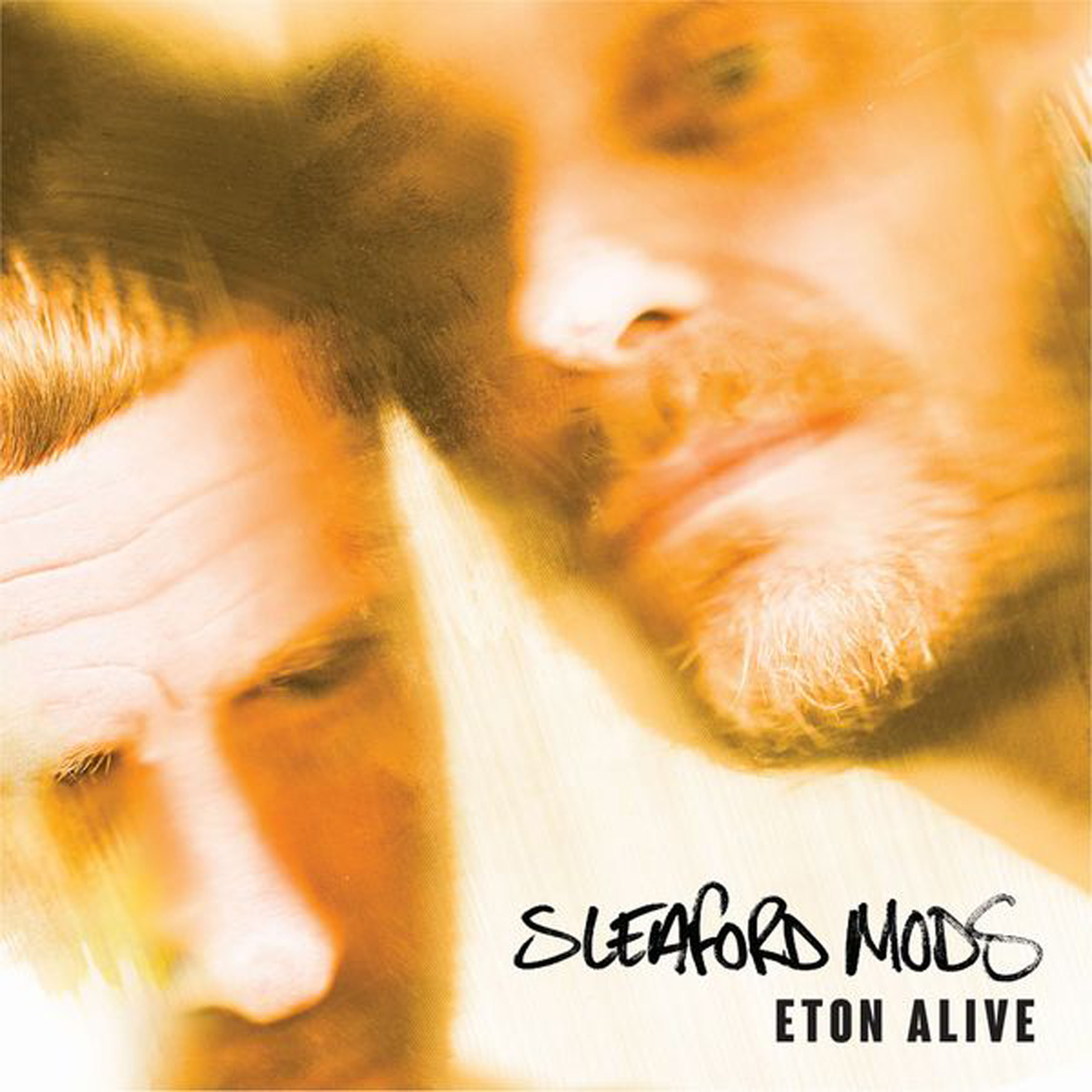 This prolific Nottingham-based duo are back with their fifth formal full-length and the first to be released on their own Extreme Eating imprint. Unsurprisingly, Eton Alive does not tamper much with the band’s signature backdrop of spare, simple grooves and Jason Williamson has no shortage of fresh topics that displease him. That consistency is a huge part of Sleaford Mods' charm though (along with Andrew Fearn’s eternally deadpan, head-bobbing presence, of course): sometimes the grooves are quite good and sometimes they are not, but they exist primarily as a platform for Williamson to unleash his vitriolic, heavily accented, and sometimes blackly funny stream-of-consciousness critiques of everything that rankles his sensibilities. Given the pair's continued hyper-constrained aesthetic and one-note approach to mood and melody, Eton Alive is a characteristically hit-or-miss affair, as everything depends the inspiration or impenetrability Williamson’s wordplay and how it fits with Fearn’s minimal, repetitive beats. That is to be expected though. During its strongest moments like "Top It Up," Eton Alive can be quite a bracing and invigorating reminder that Sleaford Mods are a singular bastion of integrity and spirited, free-floating hostility in a world that desperately needs both.
This prolific Nottingham-based duo are back with their fifth formal full-length and the first to be released on their own Extreme Eating imprint. Unsurprisingly, Eton Alive does not tamper much with the band’s signature backdrop of spare, simple grooves and Jason Williamson has no shortage of fresh topics that displease him. That consistency is a huge part of Sleaford Mods' charm though (along with Andrew Fearn’s eternally deadpan, head-bobbing presence, of course): sometimes the grooves are quite good and sometimes they are not, but they exist primarily as a platform for Williamson to unleash his vitriolic, heavily accented, and sometimes blackly funny stream-of-consciousness critiques of everything that rankles his sensibilities. Given the pair's continued hyper-constrained aesthetic and one-note approach to mood and melody, Eton Alive is a characteristically hit-or-miss affair, as everything depends the inspiration or impenetrability Williamson’s wordplay and how it fits with Fearn’s minimal, repetitive beats. That is to be expected though. During its strongest moments like "Top It Up," Eton Alive can be quite a bracing and invigorating reminder that Sleaford Mods are a singular bastion of integrity and spirited, free-floating hostility in a world that desperately needs both.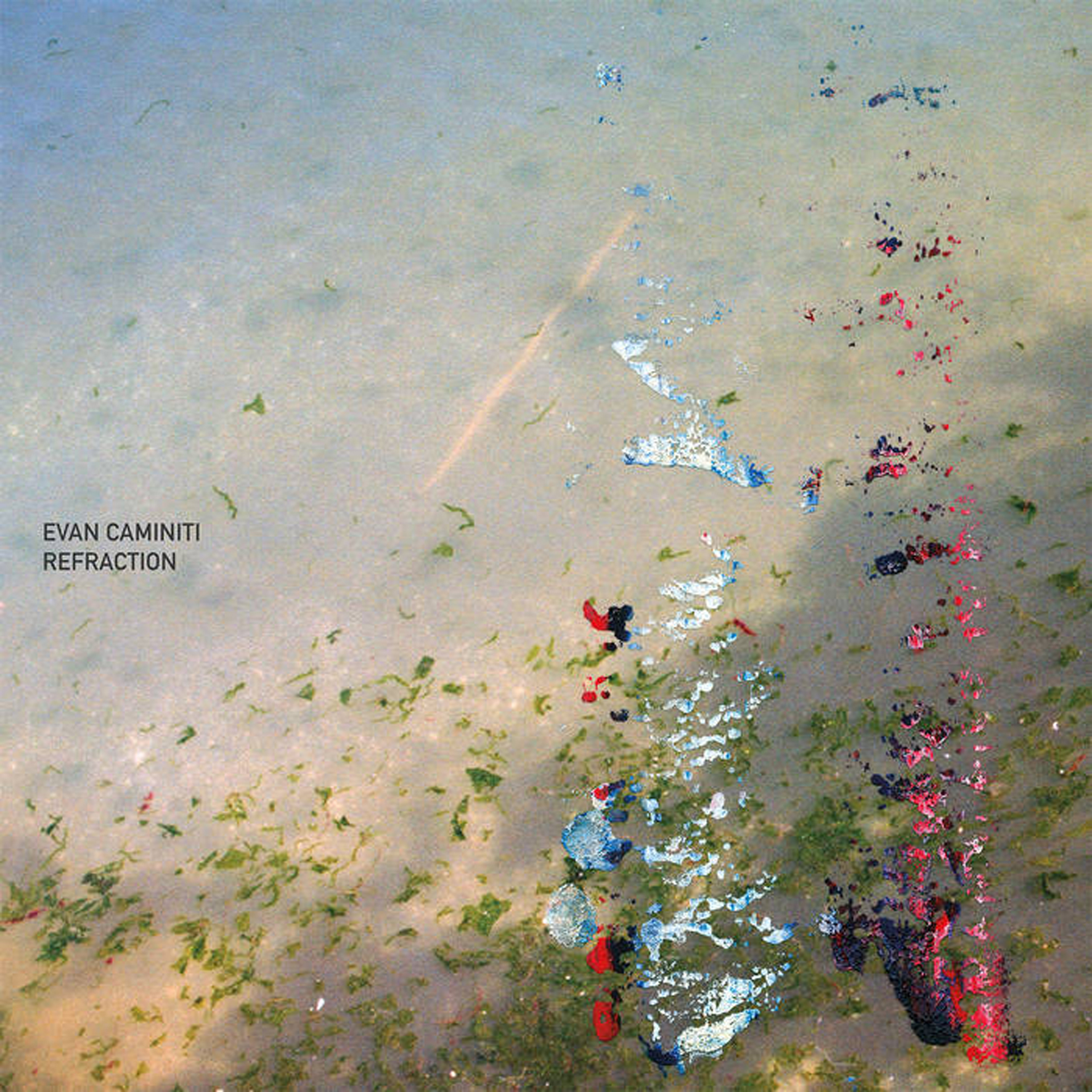 This latest EP is a companion piece of sorts to Caminiti's 2017 Toxic City album, albeit one that draws its inspiration from NYC's hidden oases of calm and space rather than its more claustrophobic and dystopian elements. Much like its predecessor, Refraction continues to explore Caminiti's deep interest in dub techno, yet he has stretched the boundaries of the form in an intriguing, thoughtful, and almost quixotic way: with these four pieces, he attempts to replace the rhythm of the dancefloor with a more languorous and organic pulse ("like a circulatory system made audible"). With casual and relatively inattentive listening, these experiments feel kind of like a classic Basic Channel or Mille Plateaux release that has been deconstructed and stretched into something vaporous and drifting rather than pulsing, but the depth and quiet beauty of Caminiti's unconventional vision comes into vivid focus when Refraction is experienced through headphones.
This latest EP is a companion piece of sorts to Caminiti's 2017 Toxic City album, albeit one that draws its inspiration from NYC's hidden oases of calm and space rather than its more claustrophobic and dystopian elements. Much like its predecessor, Refraction continues to explore Caminiti's deep interest in dub techno, yet he has stretched the boundaries of the form in an intriguing, thoughtful, and almost quixotic way: with these four pieces, he attempts to replace the rhythm of the dancefloor with a more languorous and organic pulse ("like a circulatory system made audible"). With casual and relatively inattentive listening, these experiments feel kind of like a classic Basic Channel or Mille Plateaux release that has been deconstructed and stretched into something vaporous and drifting rather than pulsing, but the depth and quiet beauty of Caminiti's unconventional vision comes into vivid focus when Refraction is experienced through headphones. Sebastian Banaszczyk's sound recycling project Bionulor's recent works have been part of larger multimedia projects such as theater, but for A. S., he has returned to a purely audio format. He maintains a thematic unity to the album, however, making it as conceptual as any of his prior works. For this one, his starting point was the work of Russian composer Alexander Scriabin. Banaszczyk strikes that perfect balance between creating something new while allowing the source material to be recognizable throughout.
Sebastian Banaszczyk's sound recycling project Bionulor's recent works have been part of larger multimedia projects such as theater, but for A. S., he has returned to a purely audio format. He maintains a thematic unity to the album, however, making it as conceptual as any of his prior works. For this one, his starting point was the work of Russian composer Alexander Scriabin. Banaszczyk strikes that perfect balance between creating something new while allowing the source material to be recognizable throughout. Mark Solotroff’s contributions to harsh electronic music cannot be overstated. Beginning with the adult bookstore sleaze of the 1980s power electronics project Intrinsic Action into the present day psychologically disturbing noise of Bloodyminded (which, in a live context, becomes the perfect deconstruction of rock performance) and the doom metal tinged Anatomy of Habit, he has been an influential force for the past 35 years. This does not even take into account his multitude of solo and side projects, such as these two recent cassettes. All of his work is joined together by a single, distinct thread: a love of analog synthesizers that borders on the obsessive. Here those synths are used to create the perfect soundtrack to city isolation.
Mark Solotroff’s contributions to harsh electronic music cannot be overstated. Beginning with the adult bookstore sleaze of the 1980s power electronics project Intrinsic Action into the present day psychologically disturbing noise of Bloodyminded (which, in a live context, becomes the perfect deconstruction of rock performance) and the doom metal tinged Anatomy of Habit, he has been an influential force for the past 35 years. This does not even take into account his multitude of solo and side projects, such as these two recent cassettes. All of his work is joined together by a single, distinct thread: a love of analog synthesizers that borders on the obsessive. Here those synths are used to create the perfect soundtrack to city isolation. This unusual and fitfully fascinating album was quietly released near the end of 2018 on the small New Orleans-based Pinkbox Teleport label. INRA are themselves based in Berlin, yet The Content Consuming Its Form sounds very much like it was partially birthed in a bleak and blighted late-'70s industrial area, favorably recalling the UK’s finest art-damaged dystopian experimentalists of the period. While I probably would (guiltily) enjoy an album that was essentially straight-up Throbbing Gristle worship, INRA merely recapture the intelligence, low-budget futurism, and deep sense of post-modern alienation that defined the milieu of the era. Stylistically, they reanimate the formula with fresh blood in the form of kinetic drumming and nods to the heavier side of the dance music underground. While not every song gets the balance of murky mood and skittering, propulsive rhythms exactly right, the ones that do are a deliciously inventive feast of post-industrial collage done beautifully.
This unusual and fitfully fascinating album was quietly released near the end of 2018 on the small New Orleans-based Pinkbox Teleport label. INRA are themselves based in Berlin, yet The Content Consuming Its Form sounds very much like it was partially birthed in a bleak and blighted late-'70s industrial area, favorably recalling the UK’s finest art-damaged dystopian experimentalists of the period. While I probably would (guiltily) enjoy an album that was essentially straight-up Throbbing Gristle worship, INRA merely recapture the intelligence, low-budget futurism, and deep sense of post-modern alienation that defined the milieu of the era. Stylistically, they reanimate the formula with fresh blood in the form of kinetic drumming and nods to the heavier side of the dance music underground. While not every song gets the balance of murky mood and skittering, propulsive rhythms exactly right, the ones that do are a deliciously inventive feast of post-industrial collage done beautifully.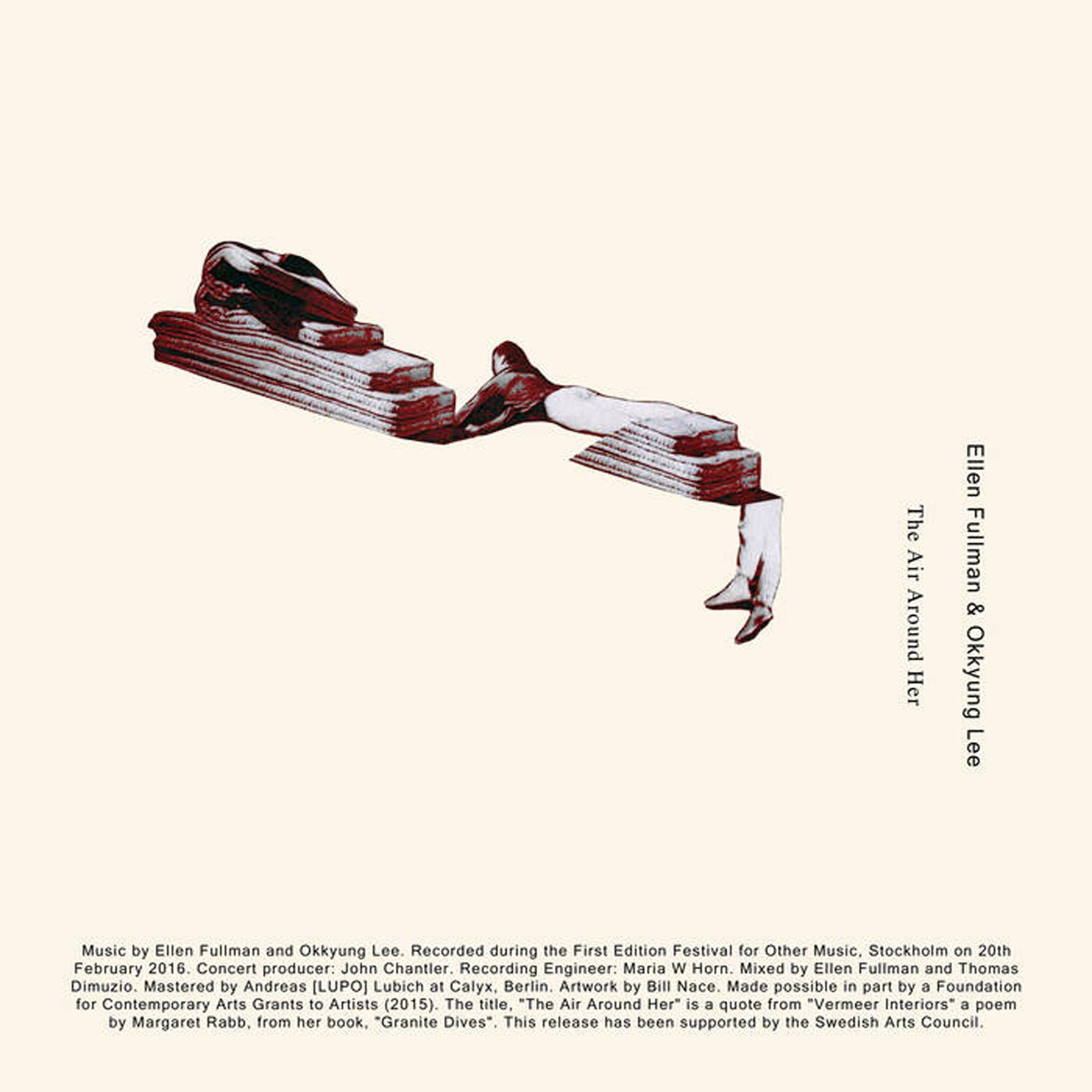 As Ellen Fullman can likely attest, one of the downsides to inventing your own instrument with 100-foot-long strings is that it definitely limits the number of possible venues for your performances. Another is that Fullman's Long String Instrument takes roughly five days to install and tune, adding yet another level of amusing inconvenience to the endeavor. Fortunately, an optimal situation surfaced in 2016, as John Chantler's First Edition Festival was given access to Stockholm’s Performing Arts Museum while it was being renovated. Given the limited "pure drone" nature of her instrument, the success of Fullman’s work can be heavily dependent on finding an appropriately sympathetic foil who can add vivid splashes of color and new layers of emotional depth to that rich harmonic backdrop. In that regard, Fullman could not possibly have hoped for a more talented and amenable collaborator than avant garde cello virtuoso Okkyung Lee.
As Ellen Fullman can likely attest, one of the downsides to inventing your own instrument with 100-foot-long strings is that it definitely limits the number of possible venues for your performances. Another is that Fullman's Long String Instrument takes roughly five days to install and tune, adding yet another level of amusing inconvenience to the endeavor. Fortunately, an optimal situation surfaced in 2016, as John Chantler's First Edition Festival was given access to Stockholm’s Performing Arts Museum while it was being renovated. Given the limited "pure drone" nature of her instrument, the success of Fullman’s work can be heavily dependent on finding an appropriately sympathetic foil who can add vivid splashes of color and new layers of emotional depth to that rich harmonic backdrop. In that regard, Fullman could not possibly have hoped for a more talented and amenable collaborator than avant garde cello virtuoso Okkyung Lee. As someone who already reviewed Bowery Electric's third album 19 years ago, I can't discuss it now without recognizing the importance of their second album and the differences in the world where each existed. Whereas Beat was very much the right record at the right time, Lushlife, in hindsight, feels like the wrong record at the wrong time. What made the world listen to Beat was its seemingly effortless mastery of sound, structure, and songcraft. The group didn't follow a particular formula between tracks and it never felt as if they were obliged to reach for a hit single. Released originally in late 1996 on Kranky in the USA, it grabbed the attention of Beggars Banquet for a release in Europe followed by two remix 12" singles, a remix album, and worldwide distribution to the follow-up. While they may have not explicitly been tasked with the duty of creating a pop-breakthrough, Lushlife feels at times like Bowery Electric are aiming for it. The songs were certainly more consciously composed, lyrically dense, and the sounds on the whole were much more vibrant and stunning than previously. Martha's vocals are more pronounced and confident, the bass riffs are a thunderous force, the guitars are sublime, and the strings are gorgeous. The dominating backbone of the record is the hip-hop beats, which eventually becomes its weakness.
As someone who already reviewed Bowery Electric's third album 19 years ago, I can't discuss it now without recognizing the importance of their second album and the differences in the world where each existed. Whereas Beat was very much the right record at the right time, Lushlife, in hindsight, feels like the wrong record at the wrong time. What made the world listen to Beat was its seemingly effortless mastery of sound, structure, and songcraft. The group didn't follow a particular formula between tracks and it never felt as if they were obliged to reach for a hit single. Released originally in late 1996 on Kranky in the USA, it grabbed the attention of Beggars Banquet for a release in Europe followed by two remix 12" singles, a remix album, and worldwide distribution to the follow-up. While they may have not explicitly been tasked with the duty of creating a pop-breakthrough, Lushlife feels at times like Bowery Electric are aiming for it. The songs were certainly more consciously composed, lyrically dense, and the sounds on the whole were much more vibrant and stunning than previously. Martha's vocals are more pronounced and confident, the bass riffs are a thunderous force, the guitars are sublime, and the strings are gorgeous. The dominating backbone of the record is the hip-hop beats, which eventually becomes its weakness.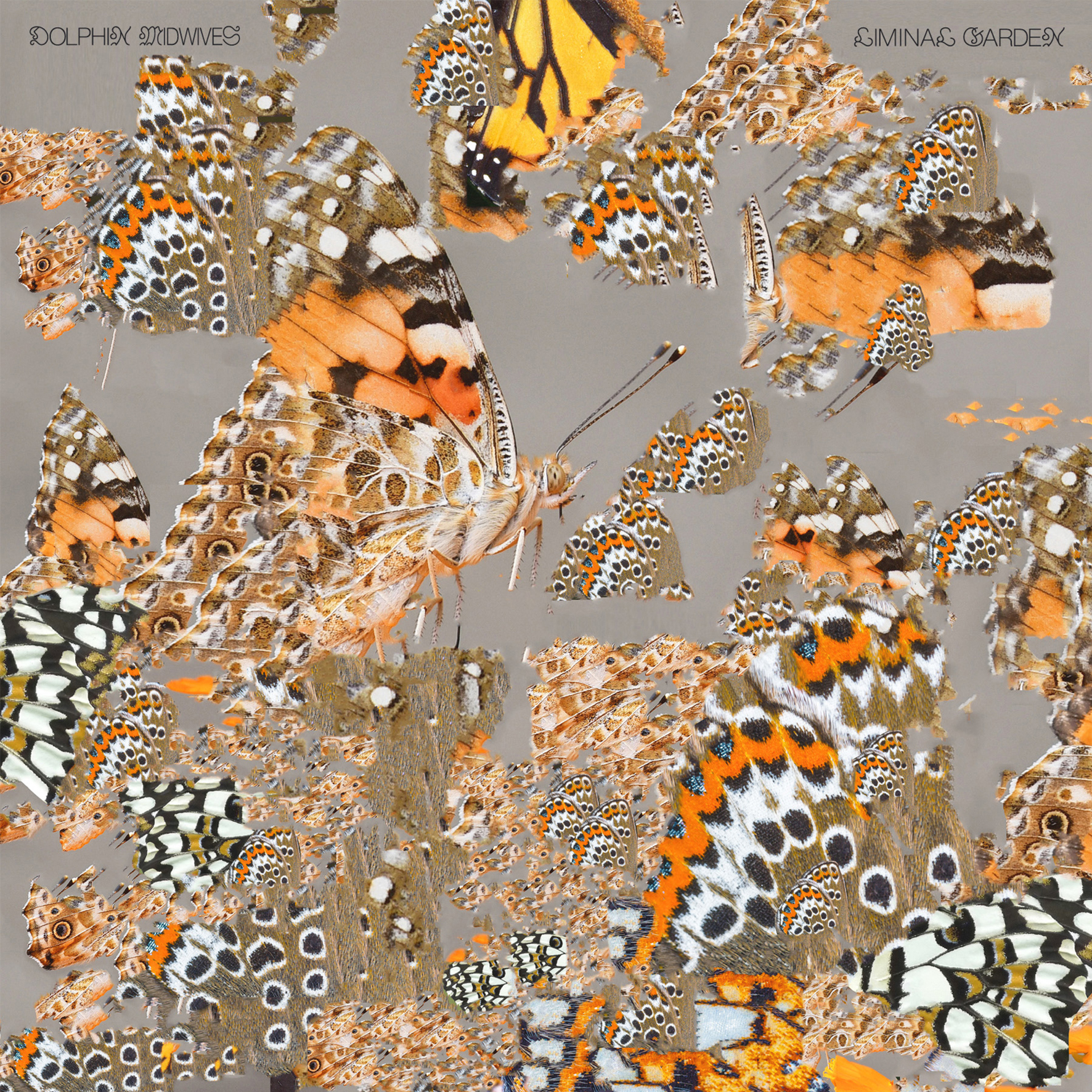 This is arguably the formal debut album from Portland harpist Sage Fisher, though she previously surfaced with a fine cassette (Orchid Fire) back in 2016. Liminal Garden is on a completely different level than its more homespun predecessor though. If someone had told me fifteen years ago that several of my favorite artists would be harpists in the not too distant future, I would probably have thought they were completely delusional, but the instrument has undergone quite an incredible renaissance since Joanna Newsom's early albums blew up. While it is probably too soon to tell whether the more mysticism-minded Fisher has definitively earned a place in the same illustrious pantheon as Newsom and Mary Lattimore, her inventive use of effects and processing here frequently transcends harpistry altogether and calls to mind some of the most iconoclastic laptop composers of the early twenty-first century (if they lived in a fairy tale-like crystal palace in an enchanted forest). This is a wonderful and unexpected gem.
This is arguably the formal debut album from Portland harpist Sage Fisher, though she previously surfaced with a fine cassette (Orchid Fire) back in 2016. Liminal Garden is on a completely different level than its more homespun predecessor though. If someone had told me fifteen years ago that several of my favorite artists would be harpists in the not too distant future, I would probably have thought they were completely delusional, but the instrument has undergone quite an incredible renaissance since Joanna Newsom's early albums blew up. While it is probably too soon to tell whether the more mysticism-minded Fisher has definitively earned a place in the same illustrious pantheon as Newsom and Mary Lattimore, her inventive use of effects and processing here frequently transcends harpistry altogether and calls to mind some of the most iconoclastic laptop composers of the early twenty-first century (if they lived in a fairy tale-like crystal palace in an enchanted forest). This is a wonderful and unexpected gem.
